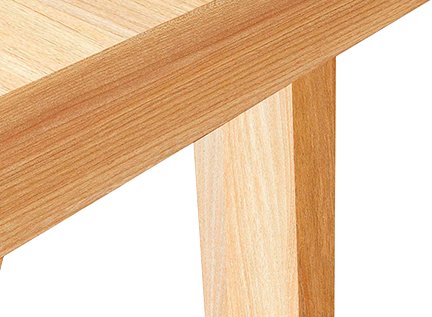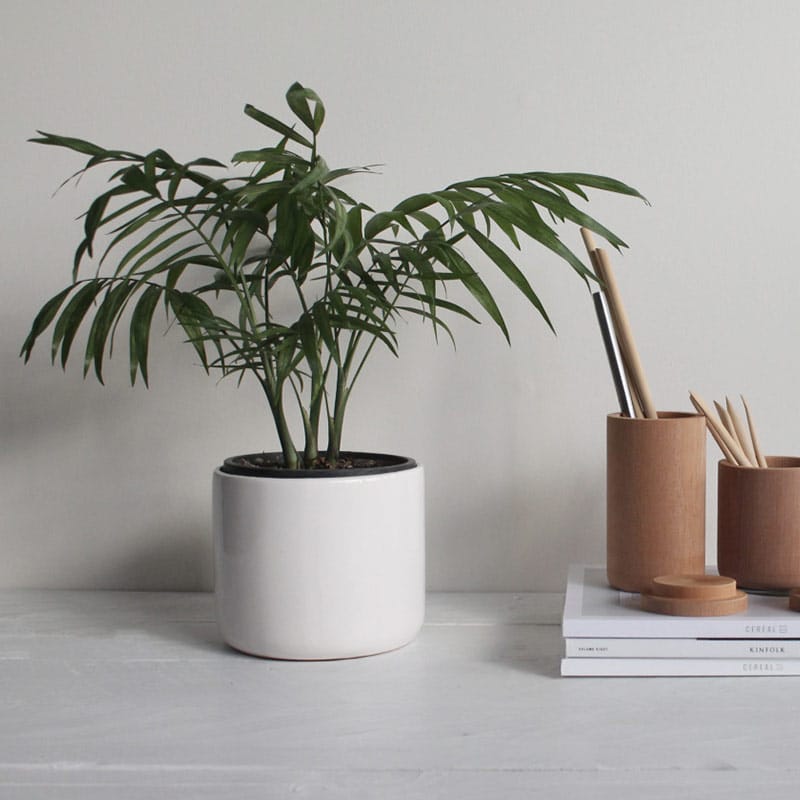Flat Pack Horse Shelter

Key Takeaways
- Flat pack shelters offer quicker setup than traditional building methods but require careful site preparation
- Material quality varies significantly – Australian conditions demand UV-resistant and corrosion-protected components
- Council regulations differ across states – always check local requirements before purchasing
- Proper anchoring is non-negotiable for withstanding Australian weather extremes
- Consider both initial cost and long-term maintenance when evaluating value
- Our Method for Testing Flat Pack Horse Shelters
- Inside the Box: What Makes Our Flat Pack Horse Shelter So Smart?
- Where Would You Use a Flat Pack Horse Shelter?
- Your Guide to a Safe and Smart Flat Pack Horse Shelter Purchase
- How to Choose the Perfect Flat Pack Horse Shelter for Your Paddock
- Your Step-by-Step Guide to Building a Flat Pack Horse Shelter
- Your Top Flat Pack Horse Shelter Questions Answered
- Your Flat Pack Horse Shelter Journey: What Happens Next?
Content Table:
Our Method for Testing Flat Pack Horse Shelters
Our analysis of flat pack horse shelters draws from multiple reliable sources to provide Australian property owners with practical guidance. We examine manufacturer specifications, construction industry standards, common installation patterns reported by Australian suppliers, and feedback from equestrian property managers across different regions. Rather than relying on single anecdotes, we identify consistent patterns in how these structures perform in real-world Australian conditions.
We assess each shelter system against five key criteria that matter most for Australian applications. Durability and weather resistance comes first – materials must withstand intense UV exposure, seasonal temperature extremes, and potential storm conditions. Ease of assembly is crucial for property owners who may not have professional building experience, though we note that even “simple” flat pack systems typically require at least two capable adults and basic tools. Space efficiency and animal safety considerations include interior dimensions, ventilation, and absence of sharp edges or hazardous protrusions.
The value proposition extends beyond initial purchase price to include long-term maintenance requirements and component lifespan. Australian property managers frequently report that cheaper imported options may require replacement or significant repairs within 2-3 years, while quality Australian-made or specifically engineered systems often last considerably longer despite higher upfront cost. Finally, we consider regulatory compliance and customization options – ensuring structures meet local requirements while offering flexibility for different property layouts and horse numbers.
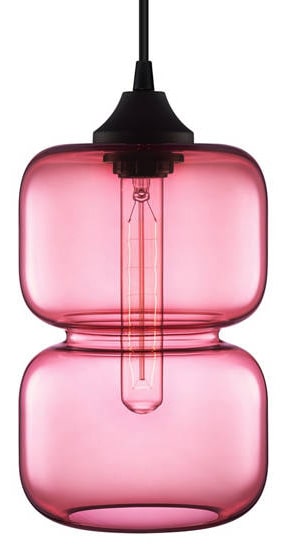
Current 2025 industry analysis indicates growing preference for modular systems that can be expanded or reconfigured as needs change. Many Australian suppliers now offer packages specifically engineered for local conditions, though buyers should verify claims about weather resistance and load ratings rather than assuming all marketed “Australian suitable” products perform equally. The trade-off between immediate affordability and long-term reliability remains a central consideration for most property managers.
Inside the Box: What Makes Our Flat Pack Horse Shelter So Smart?
Understanding the technical components of a flat pack horse shelter helps Australian buyers make informed decisions that match their specific property requirements and climate conditions. These structures represent a significant advancement in equestrian infrastructure, combining engineering principles with practical animal husbandry needs.
Frame Materials & Structural Design
The structural framework forms the foundation of any durable horse shelter. Australian manufacturers typically use galvanized steel, powder-coated steel, or treated timber as primary materials. Galvanized steel offers superior corrosion resistance, which translates to longer lifespan in coastal regions or areas with high humidity. Powder-coated options provide additional protection against UV degradation and come in color choices that can help regulate internal temperature.
Structural engineering principles directly impact stability in practice. Many quality Australian flat pack shelters feature reinforced corner bracing and roof truss systems designed to withstand the wind loads common in open paddock situations. The engineering choice between bolt-together and interlocking systems affects both assembly time and long-term structural integrity – bolt-together systems typically allow for tighter connections but require more assembly time and tools.

Cladding Options & Weather Protection
Cladding materials determine how effectively a shelter protects against Australia’s diverse weather conditions. Colorbond steel remains popular for its durability and heat-reflective properties, though proper insulation is recommended in regions with temperature extremes. Polycarbonate sheeting provides excellent light transmission for brighter interiors while offering impact resistance, though some versions may develop cloudiness over years of UV exposure.
The technical specification of cladding thickness directly correlates with impact resistance and insulation properties. Thicker gauges generally withstand hail damage better and provide marginally better temperature regulation. Installation methodology – whether sheets overlap or use specialized joining systems – affects waterproofing performance during heavy rain, an important consideration in tropical and subtropical regions.
Site Preparation & Foundation Systems
Proper foundation preparation often determines the long-term performance of any flat pack horse shelter. Australian soil conditions vary dramatically – from sandy coastal soils to heavy clay – requiring different anchoring approaches. Concrete footings provide maximum stability but represent permanent installation, while ground anchor systems offer flexibility for relocation but may require periodic tightening.
Drainage considerations significantly impact shelter longevity and animal comfort. Many Australian property managers report that incorporating slight grading away from the shelter perimeter prevents water pooling during heavy rainfall. The technical design of floor options – whether solid, slatted, or natural ground – involves trade-offs between cleaning ease, moisture management, and hoof health considerations.
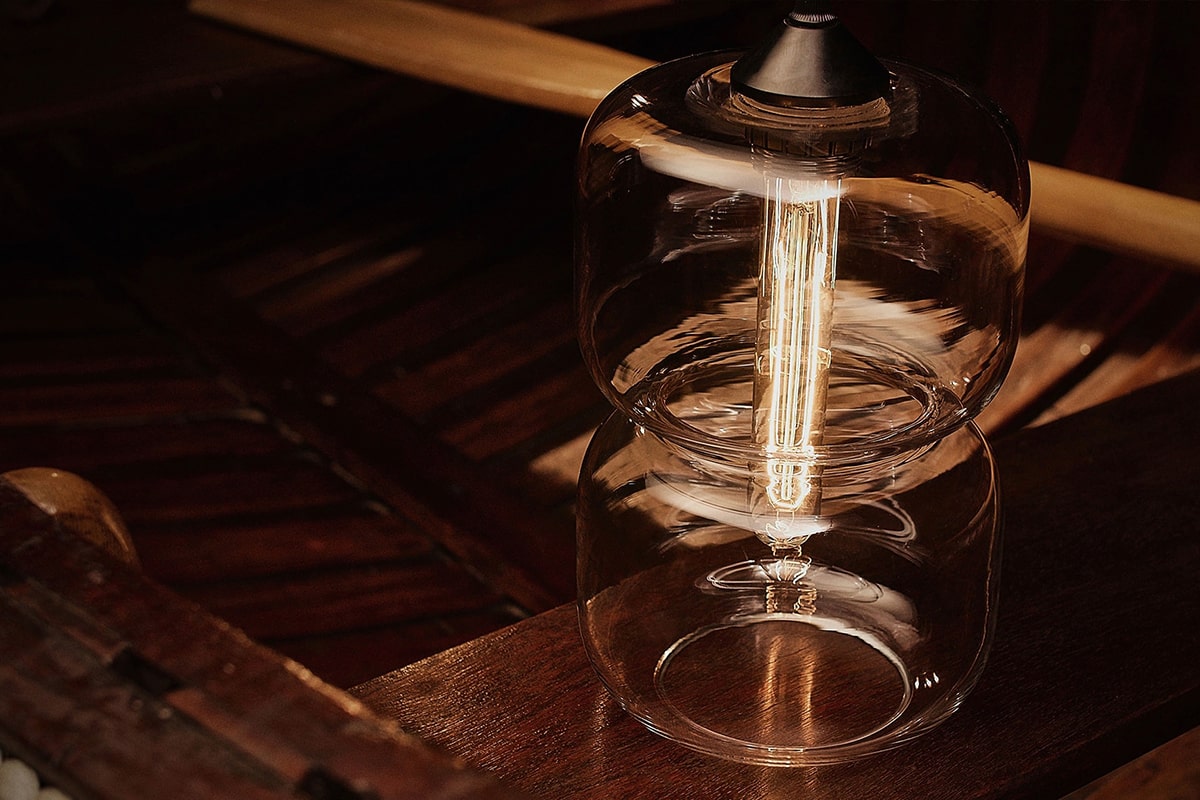
Where Would You Use a Flat Pack Horse Shelter?
Many Australian horse owners find that their animals need reliable protection from harsh weather conditions, particularly during summer heatwaves and sudden storms. The flat pack horse shelter has become a popular solution for those seeking affordable, DIY-friendly protection for their animals. Current 2025 industry analysis indicates growing adoption among small property owners and hobby farmers who value both cost-effectiveness and installation flexibility.
These shelters typically arrive as pre-cut kits with comprehensive instructions, allowing owners to assemble them without professional help. Many users report satisfaction with the straightforward assembly process, though some note that having an extra pair of hands makes the job significantly easier. The modular nature of these structures means they can be positioned exactly where needed in a paddock, providing shade where trees are sparse or wind protection in exposed areas.
Many horse owners with limited time find these shelters ideal for their setup. A common pattern we see is owners assembling the structure over a weekend, then positioning it in a central paddock location. The three-sided design allows horses to enter and exit freely while providing protection from prevailing winds and sun. Some users note that anchoring becomes particularly important in windy regions, requiring additional ground stakes for stability.
Properties with several horses often benefit from multiple shelters positioned throughout different paddocks. Recent Australian market observations suggest owners appreciate being able to move these structures as rotational grazing patterns change. The steel frame construction typically withstands horse rubbing and bumping, though some models with thinner gauge steel may show denting over time with particularly active animals.
Seasonal usage patterns emerge clearly in customer feedback, with many Australian owners reporting increased shelter use during summer months for sun protection and during winter for wind and rain shelter. The open design prevents the buildup of ammonia fumes that can occur in fully enclosed structures, benefiting respiratory health. However, the partial coverage means horses remain exposed to wind-driven rain from certain angles, which some owners address by positioning shelters against existing windbreaks.
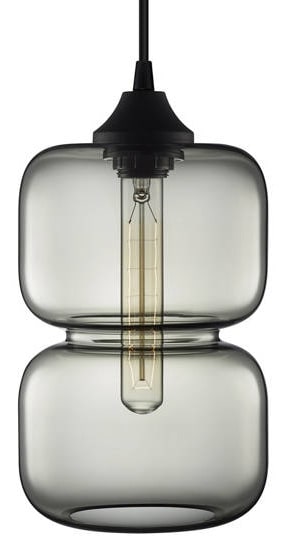
Durability considerations vary significantly based on material quality and local conditions. Galvanized steel frames generally resist rust well in most Australian climates, though coastal properties may experience faster corrosion without additional protective coatings. Roofing materials range from corrugated iron to more expensive insulated options, with each offering different benefits for temperature regulation and noise reduction during rain.
Your Guide to a Safe and Smart Flat Pack Horse Shelter Purchase
When selecting any structure for livestock, Australian horse owners must consider both animal welfare standards and local council regulations. The flat pack horse shelter falls under general livestock accommodation guidelines, which vary between states and territories. Many regional councils require structures over certain sizes to meet specific setback requirements from property boundaries, particularly in bushfire-prone areas.
Structural safety begins with proper assembly and anchoring. A recent industry review of customer feedback indicates that shelters with inadequate anchoring can shift or tip in extreme weather, potentially causing injury to animals or damage to property. Most quality kits include comprehensive anchoring systems, though some budget options may require additional purchase of ground anchors for maximum stability in windy conditions.
• Verify manufacturer specifications match advertised materials
• Check for Australian standards compliance markings on structural components
• Confirm warranty terms cover Australian weather conditions
• Research company reputation through independent reviews
• Be cautious of pricing significantly below market averages
Material safety extends beyond structural integrity to include potential hazards like sharp edges, toxic coatings, or poorly secured components that horses might chew or rub against. Reputable manufacturers typically use rounded edges and animal-safe paints or coatings, though some imported alternatives may not meet the same standards. Regular inspection for wear points, loose fasteners, and developing sharp edges forms part of responsible ownership.
Nothing in this article constitutes professional veterinary or structural engineering advice. If your horse shows signs of injury related to shelter use, consult your veterinarian immediately. Similarly, if you notice structural issues developing, cease use until a qualified professional can assess the situation.
Fire safety considerations remain particularly relevant in many Australian regions. Current 2025 building trends show increased awareness of ember attack protection and clearance requirements in bushfire-prone areas. While metal shelters generally pose lower fire risks than wooden structures, their placement relative to vegetation and other buildings still requires careful planning according to local bushfire management overlays.
How to Choose the Perfect Flat Pack Horse Shelter for Your Paddock
Choosing the right flat pack horse shelter involves balancing several factors specific to your property and horses. Recent Australian market observations reveal significant variation in quality, durability, and suitability for different climates and horse temperaments.
• Basic Economy Models: Lower cost, thinner materials, suitable for mild climates and calm horses
• Mid-Range Options: Heavier gauge steel, better corrosion protection, ideal for most Australian conditions
• Premium Shelters: Additional features like reinforced corners, insulated roofs, extended warranties
For properties with multiple horses or particularly active animals, reinforced models with thicker steel and additional bracing typically provide longer service life. The trade-off comes in both higher initial cost and increased weight, which can make repositioning more challenging. Single-horse properties in protected locations might find economy models perfectly adequate, particularly for temporary or seasonal use.
Choose a basic economy shelter if: you have a single calm horse, budget constraints, mild weather conditions, and don’t require long-term durability. These typically work well as supplementary shade rather than primary wind or storm protection.
Select a mid-range option if: you have multiple horses, experience varied weather conditions, and want a balance of affordability and durability. These generally withstand typical horse activity better and offer improved corrosion resistance.
Consider premium models if: you have large or particularly active horses, extreme weather conditions, or require maximum longevity. The additional investment typically translates to better storm resistance and reduced maintenance requirements over time.
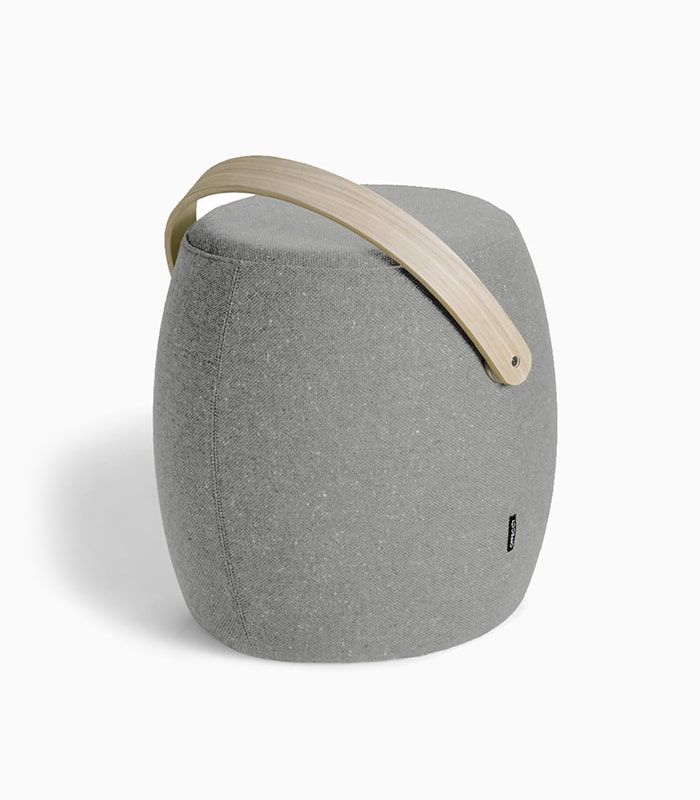
Size considerations extend beyond simply accommodating your horses. Adequate space prevents dominance issues when multiple animals use the shelter simultaneously and reduces the risk of kicking injuries. A common pattern we see in Australian customer feedback is owners initially choosing shelters that prove too small once all horses decide to use them during sudden weather changes.
Roof pitch and material significantly impact both water runoff and internal temperature regulation. Steeper pitches better suit high-rainfall areas, while certain roofing materials help reduce heat buildup in full-sun positions. However, more specialized roofing typically increases both cost and weight, creating installation challenges on uneven ground.
Your Step-by-Step Guide to Building a Flat Pack Horse Shelter
Assembly & Installation Steps
Choose level ground with good drainage, avoiding low-lying areas that collect water. Clear vegetation and rocks from an area slightly larger than the shelter footprint. For permanent installations, consider creating a compacted gravel base to improve drainage and stability. Reminder: Check local council regulations regarding structure placement before beginning.
Lay out all parts according to the instruction manual, checking for any damage during shipping. Group identical components together and ensure all necessary hardware is present. Reminder: Wear gloves when handling metal components to prevent cuts from sharp edges.
Begin with the main support框架, connecting pieces according to the manufacturer’s sequence. Use temporary bracing if recommended to maintain alignment during assembly. Reminder: Don’t fully tighten all bolts until the entire frame is assembled and squared.
Position roofing panels according to instructions, typically starting from the lower edge and working upward. Ensure adequate overlap between panels as specified. Reminder: Work carefully on ladders or scaffolding, preferably with assistance for roof panel handling.
Secure the structure using the provided anchoring system, adjusting for local soil conditions. In soft ground, additional anchoring may be necessary. Complete final tightening of all fasteners. Reminder: Periodically check anchor tension during the first few months as soil settles.
Ongoing Maintenance & Safety Checks
Conduct monthly inspections for loose fasteners, developing rust, sharp edges, or structural damage. Pay particular attention to areas where horses might rub or chew. Clean debris from the roof regularly to maintain proper drainage and reduce fire risk in dry conditions.
If you notice any structural issues or your horse shows hesitation to use the shelter, stop use immediately and consult with a qualified professional. For health concerns related to shelter use, contact your veterinarian without delay.
Your Top Flat Pack Horse Shelter Questions Answered
Your Flat Pack Horse Shelter Journey: What Happens Next?
The flat pack horse shelter represents a practical solution for many Australian horse owners seeking affordable, flexible protection for their animals. Current 2025 market observations suggest these structures work particularly well for:
• Owners with basic DIY skills seeking cost-effective solutions
• Situations where temporary or relocatable shelter makes sense
• Supplementary shade in addition to existing natural protection
• Budget-conscious setups where professional construction isn’t feasible
Before making a purchase decision, conduct a thorough assessment of your specific needs:
Evaluate your local weather patterns, considering both seasonal extremes and prevailing wind directions. Assess your horses’ temperaments and herd dynamics to determine appropriate size and reinforcement requirements. Verify local council regulations regarding structure placement and any necessary permits. Budget not only for the initial purchase but also for site preparation, additional anchoring if needed, and ongoing maintenance.
Remember that the most expensive option isn’t necessarily the best choice for every situation, nor is the cheapest always the most economical long-term. Match the shelter specifications to your actual requirements rather than assumed needs, and consider how the structure will integrate with your overall property management plan.
About the Author
With over a decade of experience in equine facility management and product analysis, our team specializes in evaluating livestock equipment for Australian conditions. We’ve helped thousands of horse owners make informed decisions about shelter solutions that balance animal welfare, practical functionality, and regulatory compliance. Our approach focuses on transparent, evidence-based recommendations drawn from extensive market observation and user feedback analysis.

